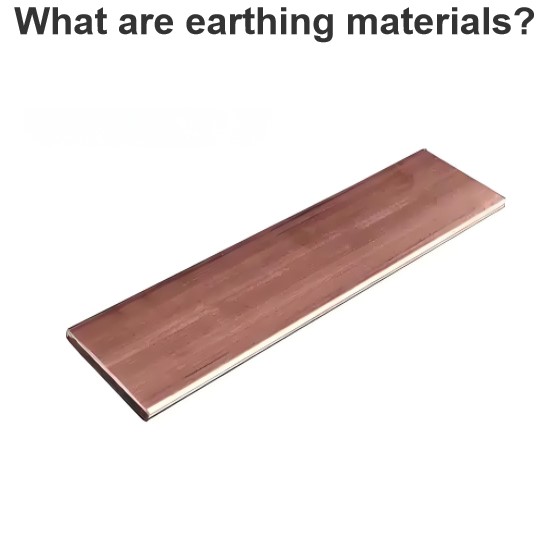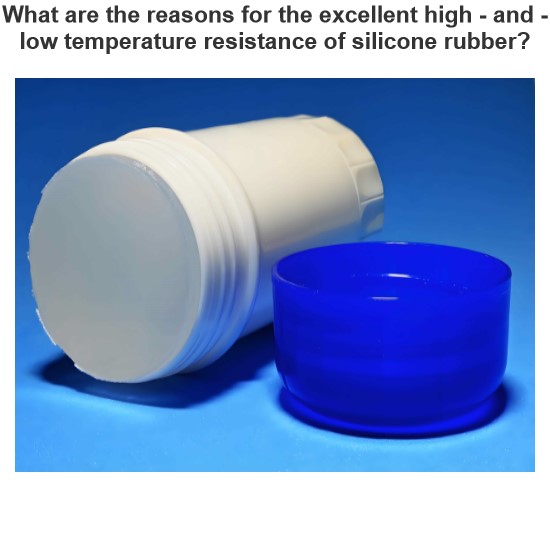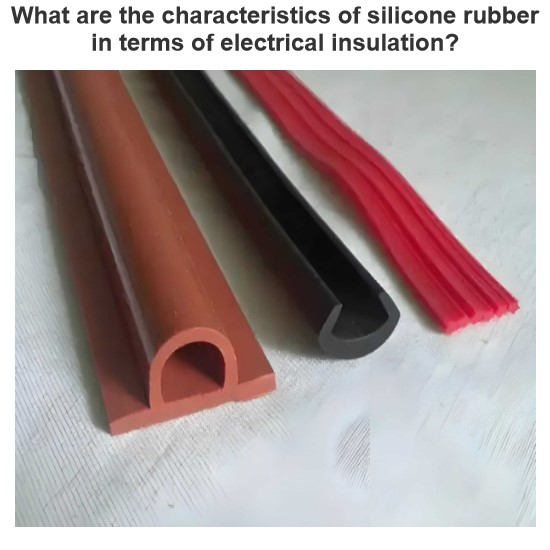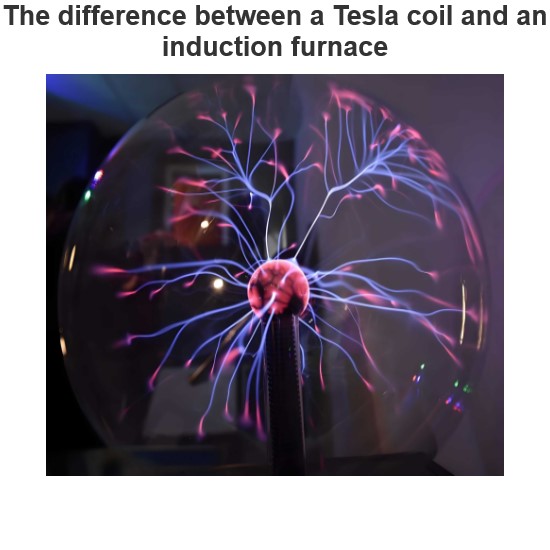Classification of Engineering Materials
Basic Classification of Engineering Materials
Basically Engineering Materials Can be classified into two categories-
Metals
Non-Metals
Metals
Metals are polycrystalline bodies which are having number of differentially oriented fine crystals. Normally major metals are in solid states at normal temperature. However, some metals such as mercury are also in liquid state at normal temperature. All metals are having high thermal and electrical conductivity. All metals are having positive temperature coefficient of resistance. Means resistance of metals increases with increase in temperature.Examples of metals – Silver, Copper, Gold, Aluminum, Iron, Zinc, Lead, Tin etc.
Metals can be further divided into two groups-
Ferrous Metals –
All ferrous metals are having iron as common element. All ferrous materials are having very high permeability which makes these materials suitable for construction of core of electrical machines. Examples: Cast Iron, Wrought Iron, Steel, Silicon Steel, High Speed Steel, Spring Steel etc.Non-Ferrous Metals –
All non-ferrous metals are having very low permeability. Example: Silver, Copper, Gold, Aluminum etc.
Non-Metal materials are non-crystalline in nature. These exists in amorphic or mesomorphic forms. These are available in both solid and gaseous forms at normal temperature.
Normally all non-metals are bad conductor of heat and electricity.
Examples: Plastics, Rubber, Leathers, Asbestos etc.
As these non-metals are having very high resistivity which makes them suitable for insulation purpose in electrical machines.
Difference between Metals and Non Metals
| Sl. No. | Property | Metals | Non-Metals |
| 1. | Structure | All metals are having crystalline structure | All Non-metals are having amorphic & mesomorphic structure |
| 2. | State | Generally metals are solid at normal temperature | State varies material to material. Some are gas state and some are in solid state at normal temperature. |
| 3. | Valance electrons and conductivity | Valance electrons are free to move within metals which makes them good conductor of heat & electricity | Valence electrons are tightly bound with nucleus which are not free to move. This makes them bad conductor of heat & electricity |
| 4. | Density | High density | Low density |
| 5. | Strength | High strength | Low strength |
| 6. | Hardness | Generally hard | Hardness is generally varies |
| 7. | Malleability | Malleable | Non malleable |
| 8. | Ductility | Ductile | Non ductile |
| 9. | Brittleness | Generally non brittle in nature | Brittleness varies material to material |
| 10. | Lustre | Metals possess metallic lustre | Generally do not possess metallic lustre (Except graphite & iodine) |
Other classification of engineering materials:
Engineering materials can also be classified as below-
Metals and Alloys
Ceramic Materials
Organic Materials
Metals and Alloys
Metals are polycrystalline bodies which are have number of differentially oriented fine crystals. Normally major metals are in solid states at normal temperature. However, some metals such as mercury are also in liquid state at normal temperature.
Pure metals are having very a low mechanical strength, which sometimes does not match with the mechanical strength required for certain applications. To overcome this draw back alloys are used.
Alloys are the composition of two or more metals or metal and non-metals together. Alloys are having good mechanical strength, low temperature coefficient of resistance.
Example: Steels, Brass, Bronze, Gunmetal, Invar. Super Alloys etc.
Ceramic Materials
Ceramic materials are non-metallic solids. These are made of inorganic compounds such as Oxides, Nitrides, Silicates and Carbides. Ceramic materials possess exceptional Structural, Electrical, Magnetic, Chemical and Thermal properties. These ceramic materials are now extensively used in different engineering fields.
Examples: Silica, glass, cement, concrete, garnet, Mgo, Cds, Zno, SiC etc.
Organic Materials
All organic materials are having carbon as a common element. In organic materials carbon is chemically combined with oxygen, hydrogen and other non-metallic substances. Generally organic materials are having complex chemical bonding.
Example: Plastics, PVC, Synthetic Rubbers etc.
Statement: Respect the original, good articles worth sharing, if there is infringement please contact delete.
Electrical4U is dedicated to the teaching and sharing of all things related to electrical and electronics engineering.













